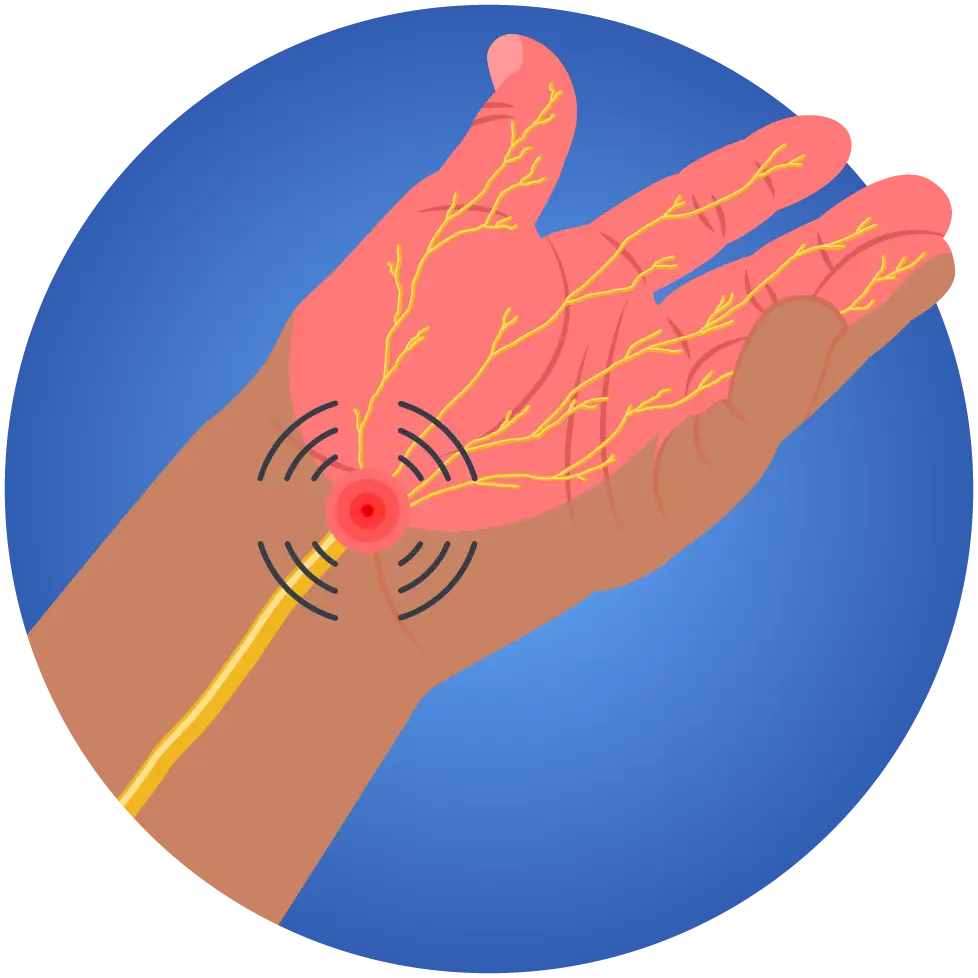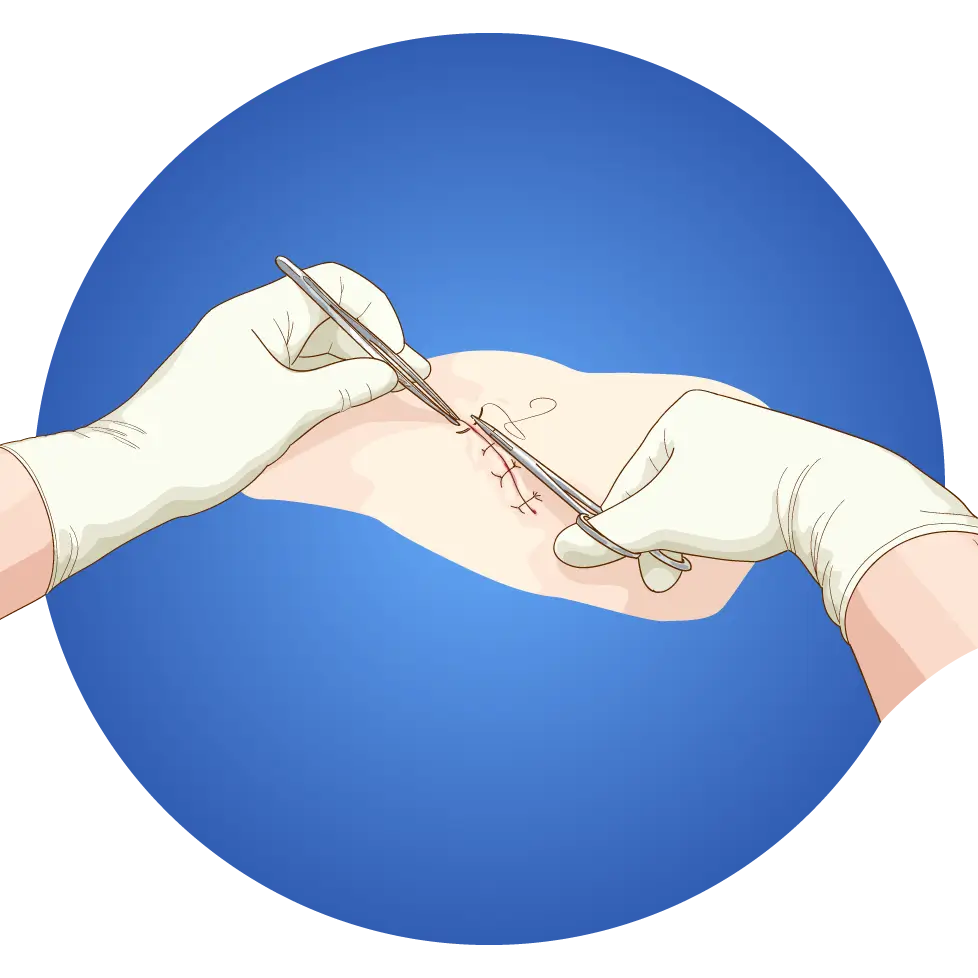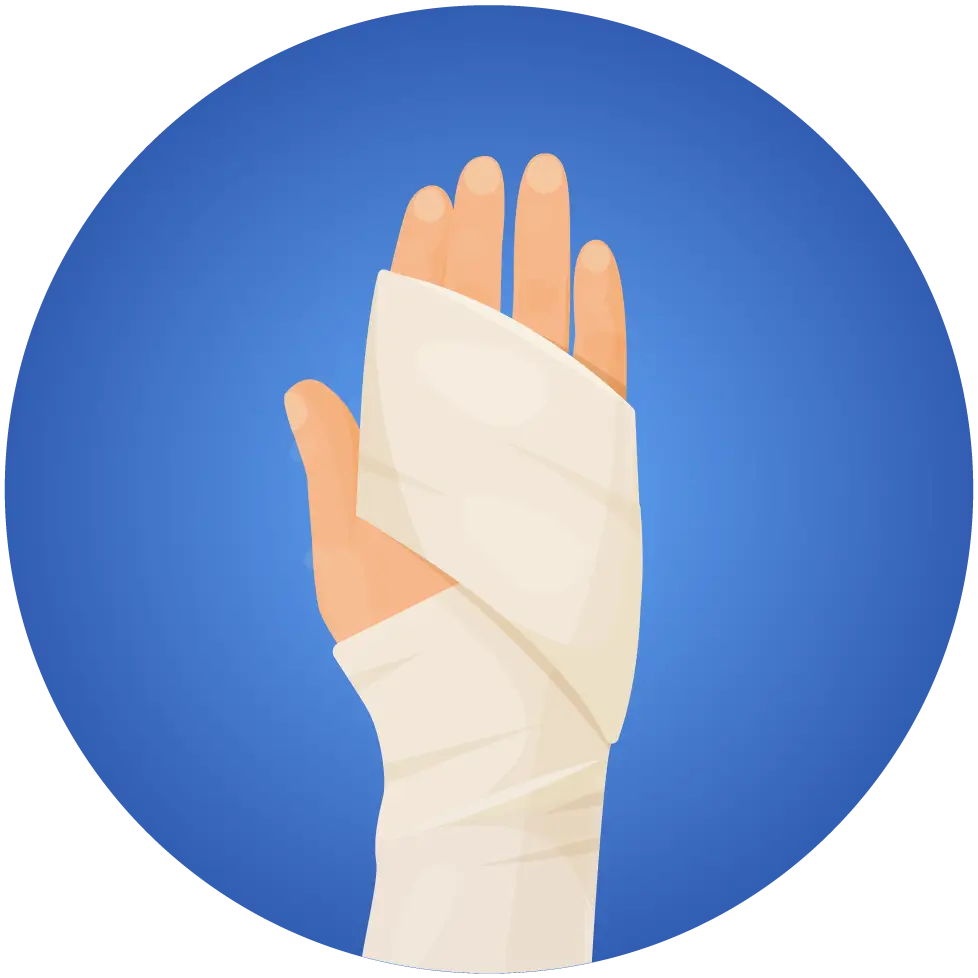What is Carpal Tunnel Syndrome?
The carpal tunnel is a narrow passageway a few centimeters long on the palm side of the wrist. The flexor tendons and the median nerve pass through this tunnel.
Symptoms
The most common symptoms are numbness, tingling in the thumb, index, and middle fingers, as well as half of the ring finger, which can lead to a feeling of clumsiness and difficulty holding small objects or easily dropping things. Sometimes, it can also cause pain in the hand and wrist.
Causes of Carpal Tunnel Syndrome
Carpal tunnel syndrome occurs when the median nerve is compressed within the carpal tunnel. The exact cause of this pressure increase is often unclear, but the condition is more common in individuals with diabetes, rheumatoid arthritis, hypothyroidism, or during pregnancy.
Treatment


The procedure takes approximately 15–20 minutes and is performed under local anesthesia. The surgeon will determine the most appropriate type of anesthesia for you. You will not see the surgical area, as it will be draped and shielded.
During the surgery, the ligament forming the "roof" of the carpal tunnel is cut to relieve pressure on the nerve. The ligament will heal, but with more space for the nerve.
After the surgery, a soft bandage will be applied, which should remain until the stitches are removed approximately two weeks later.
You can go home immediately after surgery, but you should not drive, as you may feel drowsy or impaired.
You may experience pain and discomfort during the first few days after the surgery. It may be helpful to take pain-relieving medication such as Alvedon (Paracetamol) or Panodil.
Keep the bandage dry while showering by covering your hand with a plastic bag secured with tape.
After approximately two weeks, the bandage and stitches will be removed at your follow-up appointment at ABC Ortopedi. After this, no further bandage is typically needed, and you can wash your hand normally.


The scar may appear red and be sensitive to touch for a few months, but it is important to expose the area to normal touch once the wound has healed. Numbness and tingling often disappear quickly, but if the nerve has been compressed for a long time, recovery may take longer.
You can resume normal daily activities with your hand, but heavy lifting and strain should be avoided for about six weeks after surgery.
Complications
Complications are rare. If you experience severe pain, excessive bleeding, or fever, contact the clinic during office hours via the link on our website abcortopedi.se or call the emergency number provided on the day of surgery. For issues in the evenings, weekends, or holidays, contact 1177 or visit the nearest urgent care center.
Sick Leave
If your job does not require heavy hand use, you may return to work within a few days. However, sick leave of 2–4 weeks may be needed, depending on your job. Physically demanding work may require a longer recovery period.
Rehabilitation
It is important to prevent swelling from the very beginning. You can do this by keeping your hand elevated (above heart level). Move your shoulder, elbow, and fingers, and go through the full range of motion every two hours during the day to avoid stiffness.
After stitch removal, start using your hand for daily activities and gradually increase movement and strength.
We recommend booking an appointment with a hand therapist. Contact Stockholms Sjukhems Rehab at 08-12283150 or you can find additional clinics at 1177.se.